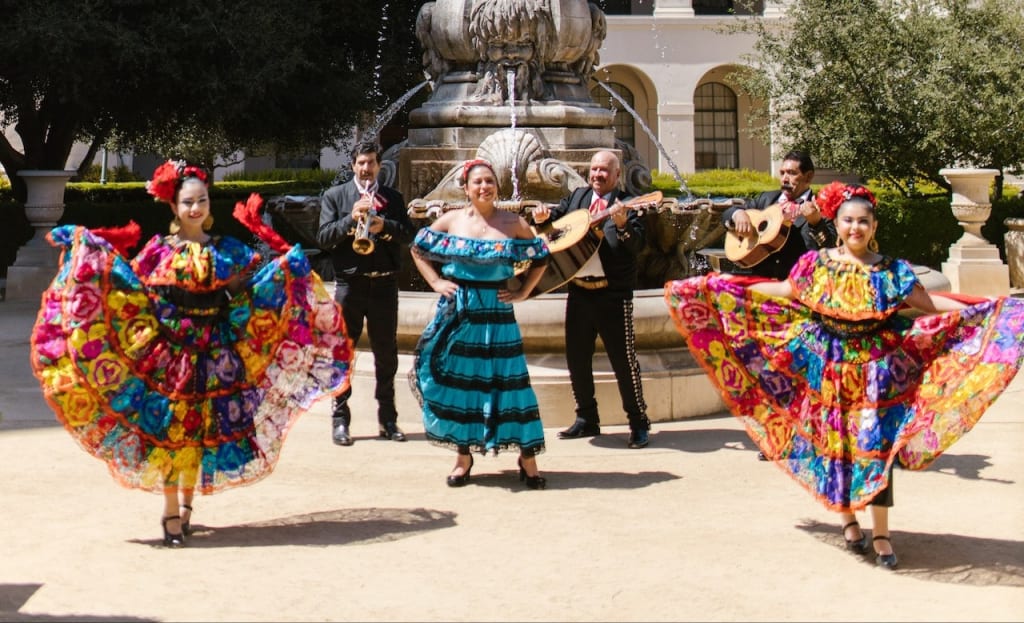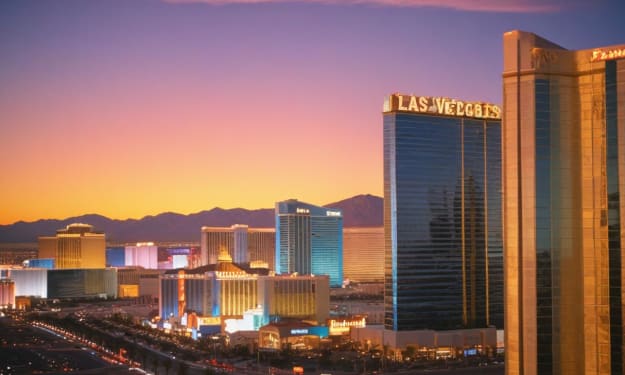The color psychology in fashion
Importance of color in fashion

The colors we wear can have a significant impact on how we feel and how others perceive us. Colors can evoke different emotions, moods, and associations, which makes them a powerful tool in fashion and personal style. Understanding the psychology of color in fashion can help us make intentional choices that reflect our personality, mood, and goals.
Color psychology is the study of how colors affect human behavior, emotions, and mental processes. Color psychologists have identified that each color has unique properties that can influence our mood and perception. Let's explore some of the most popular colors in fashion and their psychological effects.
Red
Red is a bold and attention-grabbing color that can evoke feelings of passion, energy, and excitement. It's a popular choice for evening wear, as it can convey confidence and sexiness. However, red can also be associated with danger, aggression, and anger, so it's important to use it in moderation.
Pink
Pink is a softer and more feminine version of red, and it's often associated with sweetness, romance, and playfulness. Lighter shades of pink, such as blush or pastel pink, can create a calming and nurturing effect, while brighter shades like hot pink can be energetic and fun.
Yellow
Yellow is a bright and cheerful color that can evoke feelings of happiness, optimism, and warmth. It's often used in summer fashion, as it can create a sense of sunshine and warmth. However, yellow can also be associated with caution, anxiety, and even cowardice, so it's important to choose the right shade and context.
Orange
Orange is a bold and energetic color that can evoke feelings of enthusiasm, creativity, and warmth. It's often used in fall fashion, as it can create a sense of coziness and comfort. Orange can also be associated with excitement and danger, so it's important to use it in moderation.
Green
Green is a soothing and refreshing color that can evoke feelings of calmness, nature, and growth. It's often used in spring fashion, as it can create a sense of renewal and freshness. Darker shades of green, such as emerald or forest green, can convey luxury and sophistication, while lighter shades like mint or lime green can be playful and fun.
Blue
Blue is a versatile and calming color that can evoke feelings of trust, stability, and serenity. It's often used in professional settings, as it can convey reliability and competence. However, blue can also be associated with sadness and depression, so it's important to balance it with other colors and patterns.
Purple
Purple is a mysterious and luxurious color that can evoke feelings of royalty, spirituality, and creativity. It's often used in evening wear, as it can create a sense of elegance and sophistication. Lighter shades of purple, such as lavender, can create a calming and romantic effect, while darker shades like plum can be dramatic and seductive.
Black
Black is a timeless and sophisticated color that can convey power, elegance, and mystery. It's often used in formal wear, as it can create a sense of confidence and authority. However, black can also be associated with negativity and sadness, so it's important to balance it with other colors and textures.
White
White is a pure and clean color that can evoke feelings of innocence, simplicity, and sophistication. It's often used in summer fashion, as it can create a sense of freshness and lightness. However, white can also be associated with sterility and emptiness, so it's important to choose the right shade and context.
In addition to the individual properties of each color, color combinations can also create different effects and moods. For example, complementary colors, such as red and green or blue and orange, can create a strong and vibrant contrast, while analogous colors, such as pink and orange or blue and purple, can create a harmonious and soothing effect. Monochromatic color schemes, such as all black or all white, can create a sleek and sophisticated look, while color blocking, such as combining two or more bold colors in one outfit, can create a fun and playful effect.
It's also important to consider the cultural and social associations of colors in fashion. For example, in some cultures, white is traditionally worn at funerals, while in others, it's associated with purity and innocence. Red is considered lucky and auspicious in Chinese culture, while black is often associated with mourning and sadness in Western cultures.
When choosing colors in fashion, it's important to consider your personal style, mood, and the occasion. While it's fun to experiment with new colors and trends, it's also important to stay true to yourself and wear what makes you feel confident and comfortable.
In conclusion, the psychology of color in fashion is a fascinating and complex topic that can help us understand how colors affect our mood, perception, and behavior. By understanding the properties and associations of different colors, we can make intentional choices that reflect our personality, mood, and goals. Whether you prefer bold and bright colors or soft and soothing tones, there's a color in fashion that can help you express yourself and make a statement.
About the Creator
Enjoyed the story? Support the Creator.
Subscribe for free to receive all their stories in your feed. You could also pledge your support or give them a one-off tip, letting them know you appreciate their work.





Comments
There are no comments for this story
Be the first to respond and start the conversation.